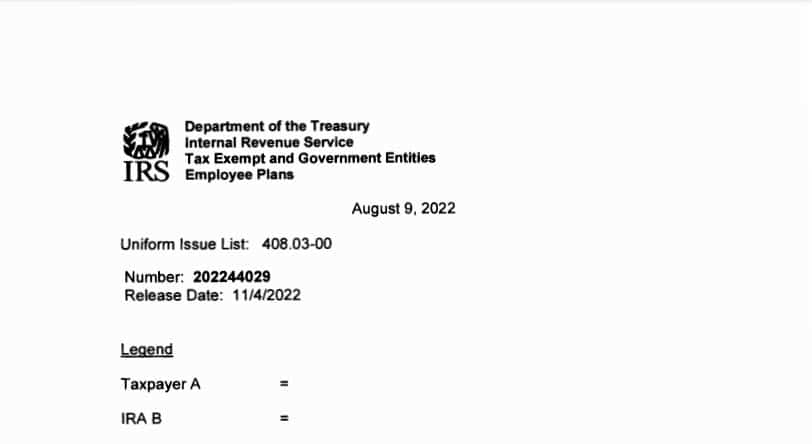Basic Considerations: Electing to Treat a Stock Purchase as an Asset Purchase
Can you help your client obtain a “step-up” in a stock purchase?
As a tax adviser, you may have been confronted with the following scenario: your client (P) is buying 100% of the stock of a corporation (T) from seller (S), but the purchase price far exceeds T’s basis in its assets.
Since P is buying the stock of T, T will generally only be able to continue to depreciate or amortize T’s historical costs basis in assets by utilizing the same method, convention, and asset life as it had prior to the closing of the transaction. Depending on P’s level of sophistication and previous exposure to the federal tax consequences of a stock purchase, P may be shocked and disappointed to learn from his tax adviser that T may not be able to depreciate or amortize a significant portion of the purchase price. P usually then asks his tax adviser if there is something that they can do about it.
Means of obtaining a step-up in basis of assets to fair market value in a stock deal
There are a several methods in which a purchaser can obtain a “step-up” in asset basis in connection with the acquisition of a business held in a corporation.
First, the buyer can negotiate to restructure the purchase so that it is treated as a purchase of assets for Federal income tax purposes. For example, in some instances the parties can restructure the purchase so that P acquires the membership interests of a “disregarded” LLC or the stock of a “QSub”. This requires additional planning and diligence to ensure that there are no unintended tax or legal consequences.
Second, a section 338(g) can be made unilaterally by P. When a section 338(g) election is made, the S recognizes gain on the sale of its stock and P recognizes gain in connection with a deemed asset sale of T’s assets. As a result, the purchaser obtains a step-up to fair market value in the basis of T’s assets. However, a section 338(g) election generally results in two levels of federal income tax, which is why section 338(g) elections are rarely made in connection with acquisitions of domestic corporations.
Third, a section 338(h)(10) can be made jointly by P and S. When a section 338(h)(10) election is made, T is deemed to exchange its assets to an unrelated party in exchange for consideration, including the assumption of liabilities. After the deemed sale, “old” T is deemed to liquidate into S, which usually–but not always–qualifies as a section 332 liquidation. Generally only one level of federal tax is triggered by a section 338(h)(10) election. This is the key distinction between a section 338(h)(10) election and a section 338(g) election. However, a section 338(h)(10) election is generally only available for corporate purchasers and when T is either a S corporation or member of a consolidated group.
Fourth, a section 336(e) election can be made by S. In 2013, the Treasury Department finalized regulations allowing S to elect to treat a stock sale as an asset sale for federal income tax purposes. Unlike a section 338(h)(10) election, a section 336(e) election is available when T is acquired by non-corporate purchasers. Prior to the finalization of the section 336(e) regulations, an election was not available to allow a non-corporate purchaser to obtain a step-up under section 338(h)(10). A section 336(e) election leads to results similar to those obtained in a section 338(h)(10) election.
Additional Factors for Switch to Asset Purchase
Restructuring or electing to treat the transaction as an asset sale for federal income tax purpose will generally provide a step-up in basis of the assets to fair market value and it usually provides the ability to amortize any valuable section 197 intangibles. However, the change to an asset sale brings up a number of other factors that must be considered to determine whether treating the purchase as an asset deal federal income tax purposes is advantageous. Some significant considerations include:
- Change in character of gain on sale (e.g., depreciation recapture).
- Federal tax attributes may be left behind or lost.
- State income tax treatment may differ significantly from the federal treatment.
- Sales and other transfer taxes may be triggered.
- Tax years may close and tax elections must be considered.
- Potential trigger of section 1374 “built-in gain” tax.
- Effect of contingent liabilities on amount realized, basis and deductions.
Model The Tax Benefits and Consequences of the Decision. Is the cost worth the cure?
Where a tentative stock deal and purchase price has already been set, S will usually require P to make him whole. Depending on the whether S has a higher basis in his stock or T has a higher basis in its assets, S may recognize more (or less) aggregate gain by switching to an asset sale. In addition, an asset sale can cause capital gain to be shifted to ordinary income (e.g., depreciation recapture). This may cause a significant increase in tax where the gain is borne by individuals (e.g., where T is an S corporation) and they lose the ability to utilize preferential capital gains rates.
Generally clients will want a step-up in asset basis in order maximize depreciation deductions. A step-up is generally more attractive where a higher percentage of the purchase price is allocable to depreciable or amortizable assets. However, the present value of the increased depreciation deductions must be modeled out and compared with any current costs associated with restructuring or electing to treat the purchase as an asset purchase. In many cases, a portion of the tax benefits of a step-up may be spread out over 15 years or longer.
Conclusion
Each of the above options (i.e., restructuring, section 338(g) election, section 338(h)(10) election, and section 336(e) election) has its own set of detailed requirements that must be analyzed to determine if the parties can treat the stock sale as an asset sale. And, even though each option leads to asset sale treatment, each option can have different material tax consequences.
Although a step-up in asset basis to fair market value is desirable, a step-up usually comes at a cost that must be carefully considered and modeled out. Without careful consideration, the purchaser may find himself dealing with unintended tax consequences, which may lead him to conclude that electing asset sale treatment was a mistake. On the other hand, with careful consideration, a step-up might provide valuable tax deductions that could add value to the deal and enhance the purchaser’s return on his investment.




